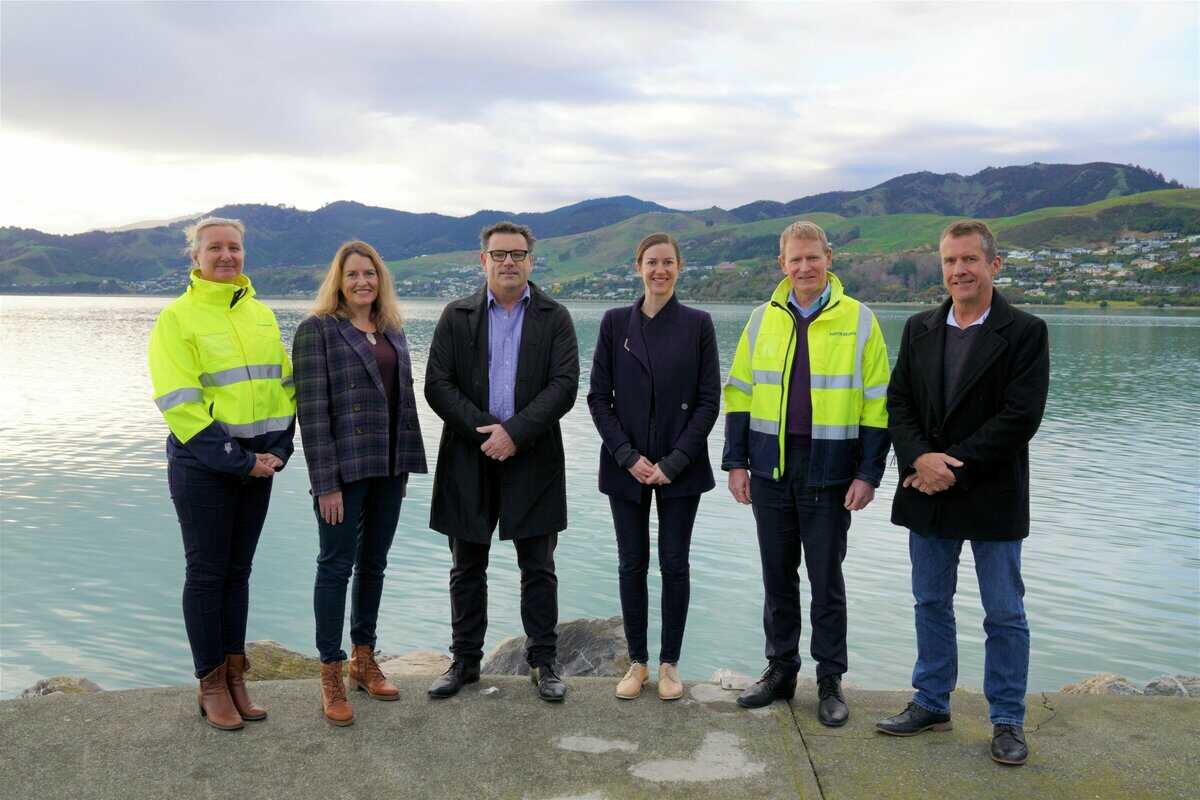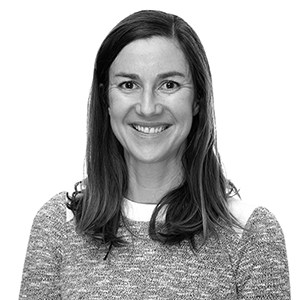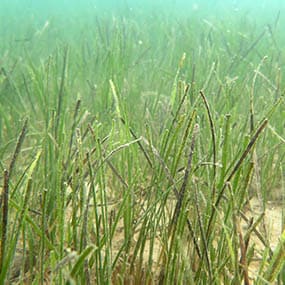Seagrass restoration project aims to help tackle climate change
01 August 2022
Cawthron Institute has partnered with Westpac NZ Government Innovation Fund, Port Nelson and forestry company OneFortyOne to launch a seagrass restoration project that aims to fight climate change and improve ecosystem health.
The three-year project will develop a blueprint for seed-based seagrass restoration that can be carried out across Aotearoa. The aim is to enable large-scale restoration of seagrass meadows, helping to support biodiversity, improve water quality and sequester carbon.
This blueprint approach will be trialed in a Nelson Haven case study before the findings are used to produce information and resources that could inform scalable seagrass restoration projects throughout Aotearoa.
Project co-leader Dana Clark, restoration ecology team leader at Cawthron Institute, says seagrass meadows support ecosystem health in coastal areas and are an important resource in efforts to mitigate climate change.
“Seagrasses are plants that live in coastal sandflats in estuaries and harbours, and further out to sea in underwater meadows,” Dana Clark says.
“They make a big difference to ecosystem health in coastal areas by supporting biodiversity, improving water quality and absorbing large amounts of carbon dioxide.
“Although they only cover about 0.2% of the planet’s seabed, seagrasses account for about 10% of the carbon our oceans store, but unfortunately they are being lost at an alarming rate globally.
“Restoration projects around the world have achieved success by directly sowing seed into the wild and we plan to trial a similar approach with the aim of identifying the most effective method for New Zealand’s unique environment.”
Cawthron Chief Executive Volker Kuntzsch says he is pleased to have the support of two prominent local businesses that see the value of investment in an ecological restoration project with many layers of benefit.
“We are happy to be working with Port Nelson and OneFortyOne on an environmental project like this that ticks all the boxes – we’re building local knowledge and capability, we’re having a positive environmental impact by improving ecosystem health and biodiversity, and we’re investigating a really promising climate change solution that Aotearoa New Zealand could embrace on a wide scale if successful.
“We’re also very grateful to the Westpac NZ Government Innovation Fund for recognising the national impact that a project like this could have by developing scalable methods for restoration – it’s about building our body of scientific knowledge and then teaching people how to apply it.”
Finally, Kuntzsch is eager to see Cawthron’s local efforts connected to global restoration initiatives.
“We hope to demonstrate global leadership by joining efforts happening around the world to revive damaged ecosystems as part of the United Nations Environment Programme’s Decade on Restoration because we believe collaboration is key to tackling some of the big environmental challenges humanity faces in the future.”
Background on seagrass
Up until recently, it was thought that seagrass flowering was very rare in the New Zealand species of seagrass, but recent research by Cawthron Institute has revealed that isn’t the case. New Zealand’s species of seagrass does have flowers which are more difficult to spot that species found in other parts of the world.
Last summer Cawthron scientists found lots of seeds and flowers in the Haven and managed to get one of the seeds to germinate for the first time in Aotearoa. This suggested it might be possible to restore seagrass meadows in New Zealand at the scales required to achieve meaningful carbon sequestration results using seed-based techniques that we plan to develop.
The amount of carbon a seagrass meadow stores can vary depending on the species and the environment it is situated in, but overseas studies have shown that some meadows can sequester carbon up to 27 times faster than forests on land.

Cawthron Institute: Project partners (from left) Allanagh Rivers – General Manager of Infrastructure and Environment at Port Nelson, Kylie Reeves – Communications Manager at OneFortyOne Ltd, Brent Guild – Executive General Manager at OneFortyOne Ltd, Dana Clark – Team Leader Restoration Ecology at Cawthron Institute, Hugh Morrison – Chief Executive Officer at Port Nelson, and Volker Kuntzsch – Chief Executive Officer at Cawthron Institute.

Dana Clark
Team Leader Restoration Ecology

Cawthron Institute: Seagrass meadows